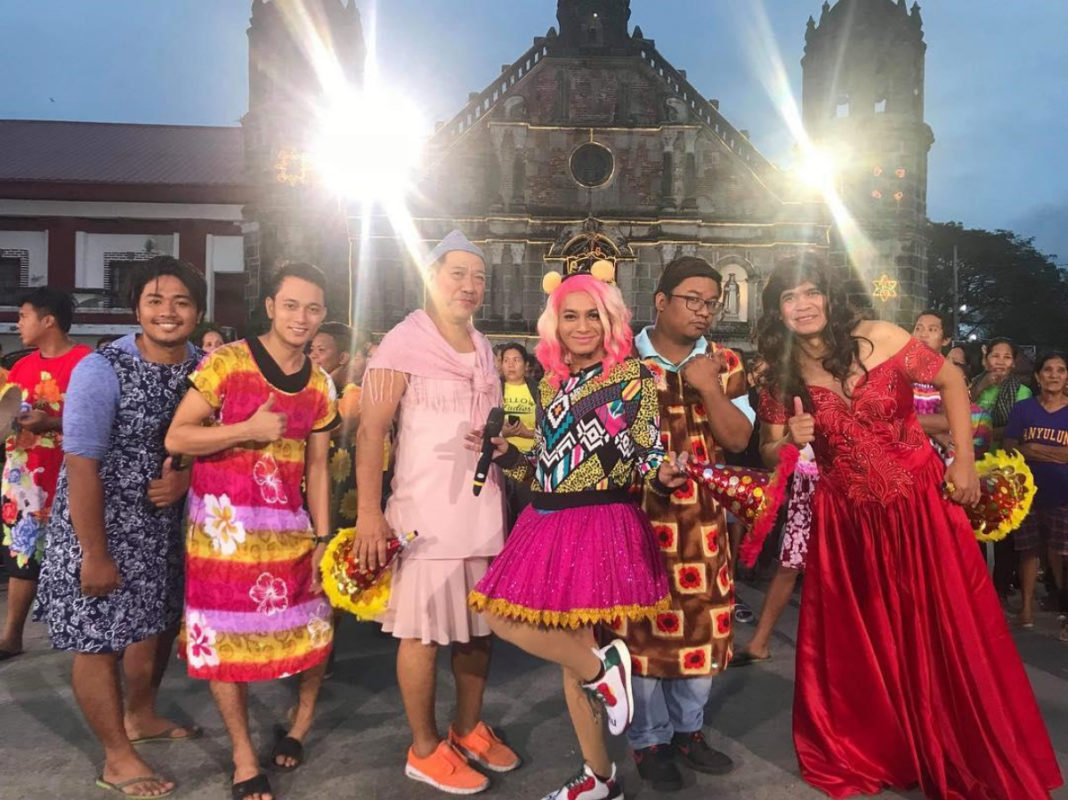 The festival began in 1931 when a group of men decided to wear dresses to bring joy to the townspeople after Minalin suffered a drought. The ladle symbolizes abundant food, victory over the drought, and the start of a new year full of blessings and harvest.
The festival began in 1931 when a group of men decided to wear dresses to bring joy to the townspeople after Minalin suffered a drought. The ladle symbolizes abundant food, victory over the drought, and the start of a new year full of blessings and harvest.

In the festival, the men wear the clothes of their grandmothers, mothers, wives, or sisters. They carry ladles and clay pots, with the aim of entertaining and bringing joy to everyone. This is a tradition that has been carried out in Minalin for over nine decades.

Each neighborhood is sponsored with a budget to design and decorate their floats, which is also part of the competition. Hence, in addition to the strong men wearing dresses, the parade also features colorful floats and street dance performances from each neighborhood. The festival is held on January 1 every year as a thank you for the abundant harvest of the previous year and a prayer for a prosperous new year.

After two years of being postponed due to the COVID-19 pandemic, the local people’s excitement when the festival was held again is indescribable. Jericho Maniego, 20, from Barangay Sto. Domingo is one of the festival participants, wearing his grandmother’s duster. Jericho has been participating in the festival since he was 15 and he is very happy that this tradition is back.

Aguman Sanduk is not only a unique festival but also a symbol of unity and love in the community. It is an important part of the cultural heritage of the Philippines, showing the creativity and joy of life of the people here.














